I have spent A LOT of time learning Japanese in parallel to doing my PhD studies lately. Often when I should be working at home in the evening, I end up studying Japanese one way or the other… And yes, right now I am slightly procrastinating again (exam period), and I decided to write something about how I study Japanese and try to give some tips and ideas. I thought it would be no problem to include all the methods in one post, but it ended up A LOT longer than I had expected, so I have focused on the methods I use for the written language. I will discuss the listening practice and conversational practice in a different post at some point. ^^
My interest in Japan started from anime and manga around 3 years ago, and since then, I have watched waaay to much Japanese anime. When I find something I am interested in, I tend to go all in. After a while I realized that I actually could understand a lot of words without looking at the subtitles, and at this point I thought, “Hey, maybe I should try learning Japanese?”. It really was just a justification for actually gaining something useful from spending way too much time watching anime, but I had fun, and I guess that is what matters in the end.
In the beginning, I was trying to find manga, which were “scanlated” into romaji (roman letters). I quickly realized that this was impossible, and found several people explaining that anyone learning Japanese should also learn at least the kana characters. So I accepted this fact, and started learning Japanese the “right way”, by also learning the characters.
I spent a lot of time finding a “good way” for me to study Japanese in the beginning, and in this post, I will try to explain what worked best for me. I prefer to hear things from multiple sources and different angles, and therefore I have studied using a mixture of techniques. When I get tired of one I switch to another, and from each method, I think I gain something different. I will try to explain the techniques I am using and have used, grouped in the following points:
- Learning hiragana and katakana
- Building a vocabulary
- Take a Japanese class and/or use a learning app
- Write the language
- Reading Japanese written with kanji
- Studying Japanese using manga
- Learning kanji
The points are not necessarily in chronological order, but I think the first and third points are very important if you just started.
Learning hiragana and katakana:
Learning hiragana and katakana is very important, as you will not be able to read anything in Japanese unless you do so. It might seem like an impossible project to learn new alphabets at first, but hiragana and katakana are both syllabary alphabets. Each hiragana and katakana character represents a sound like “ka” or “bu”, and therefore you just need to remember the 48 characters in order to read them. I should mention that you won’t be able to read a newspaper if you cannot also read kanji (Chinese characters), but several mangas (Japanese comic books) can be found with furigana (hiragana on top of the kanji) in order to assist the reader. I suggest using a smart phone app or flash cards for practising the characters in the beginning, and then later on practice by reading. It also helped me a lot to remember them, by writing them by hand. I also had hiragana and katakana tables hanging on my wall for when I was studying. You can find many different versions online, but these two are the ones I use:
Katakana are generally only used for words (and names) of foreign origin, but this is quite common. So even though hiragana are used more, a Japanese sentence will often include a mixture of hiragana, katakana, and kanji. Below is an example from a manga. The blue boxes show the katakana, the red boxes are the kanji (including the furigana), and the rest of the characters are hiragana.
Building a vocabulary
I have gained a lot of my current vocabulary from anime and manga, but additionally I used various apps on my phone only for vocabulary training. I actually started doing this before I learned hiragana using an app with the option to show the words in romaji. Back then, I had an IPhone and used the app called “Japanese 2000”, but I could not get this to my android phone, so I have been using “JA Sensei”, but I actually liked Japanese 2000 better. The point is that I think apps are good for things like training your vocabulary and I am sure several apps exist, that I have not tried. ^^
Otherwise, the vocabulary will build up slowly when going through lessons and from looking words up in the dictionary while trying to use the language.
Take a Japanese class and/or use a learning app
Even though I think you can learn a lot of Japanese from manga and anime, I don’t think it should be done without learning proper Japanese grammar and culture on the side.
Getting to know the culture is important
Japanese has many different levels of politeness in their language, and most anime aimed at younger boys (shounen) rarely uses the polite speech (desu/masu). But if you, for example, are to speak to someone you don’t know in Japan, you are expected to speak in the polite form. It can (and probably will) be considered rude if you speak in the “plain” form to someone you just met (unless it is a child perhaps). Therefore when learning Japanese, getting to know the culture is also important.
Grammar is necessary to read/understand anything correctly
The Japanese grammar is so different from English and Danish, that simply looking up words in a dictionary rarely does the trick. In the beginning, I was trying to read manga with absolutely no knowledge on the grammar, and it was extremely difficult (even with dictionaries and google translate). A slight variation in the sentences can mean a world of difference. A lot of the “slang” can also not be looked up in a normal dictionary, but you can find a lot online if you know where to look.
Okay, so getting to know the culture and the grammar is important, but how? I really recommend going to a class, not because it is strictly necessary, but I think it helps keeping the motivation high, and you also have someone to ask questions, if you get stuck. But aside from this, I warmly recommend the learning program called “Human Japanese”.
It is not free, but it has a trial version with the first 8 chapters or so, where you can try it and see if you like it. This application will give you information both on grammar and culture, and it also gives you the chance to improve your vocabulary. You can click on all the Japanese sentences to hear the pronunciation, and in the beginning, it will include romaji below the hiragana as well. Everything is explained from the view of someone not natively Japanese, and in a way, which makes it easy to understand. It also spices it a bit up with a pinch of humour from time to time:
I recommend taking notes while going through the lessons, and that you write the Japanese using hiragana. I try to use every chance I have to combine learning the characters and the language itself. I included some examples of my notes. The first note is from one of the early lessons, and the second note is from later lessons both using Human Japanese (click to enlarge).
Write the language!
Of course, you can learn many things from an app, but I believe you don’t truly learn it until you try to put it into use yourself. I recommend that you make a user at www.lang-8.com, which is a site where you can write posts in the language you are learning and receive corrections. In return, you correct other people’s posts written in your native language. I think this is a very powerful tool to learn how to use the language in practice, but I have a few points I think are important to keep in the back of your head:
- Don’t let many corrections get you down! Instead, try to understand why it was wrong and learn from the mistakes. Often people do corrections on things, which are not “wrong”, but sound slightly unnatural.
- Challenge yourself with every post. I believe that if you wrote a post where all the sentences were correct, you should to try to write sentences that are more complex next time.
- Include an English version in the “optional native language” box. This will make it a lot easier for others to correct the sentences into the intended meaning.
Try to write a short post, using what you have learned in the lessons you have had. Don’t copy it directly – try to write something which you are not sure is correct. You can write anything – it doesn’t matter, as long as it is in Japanese. I recommend writing a maximum of around 10 lines per post, and to do a line break for each line in both the Japanese and English version. Remember that there are no spaces in Japanese! My very first post where I tried to use what we had learned in class looked like this:
http://lang-8.com/1141713/journals/35279636412676769314467102997094534250
I try to write a post at least twice a week, and I often just write about what I have been doing – or something like that. Additionally I am writing all my sentences into an excel sheet, including one or more corrected versions of the sentence as shown below (click to enlarge):
This way I can search for similar words and phrases when I need to write something next time, instead of having to look through each of my posts on lang-8. As you might notice, I started using kanji already on my third post, and I actually recommend anyone to start using them as soon as possible. When writing on the computer, a dropdown menu will appear with suggestions on which kanji to use, and you switch using the space bar and press enter to accept. In the beginning you should look them up to make sure you have chosen the correct kanji.
Tools for writing
To be able to write anything in Japanese, you need to be able to write the characters on your computer. You can do that for example by following this guide:
https://www.coscom.co.jp/learnjapanese801/install_ime.html
Additionally, it is necessary to be able to look up new words. I always use the dictionary at www.jisho.org. Here most words can be found, but you should be aware that it also includes words, which are not commonly used. This means that there often are many possibilities to choose from when looking up words, and it can be difficult to know which one to choose. What I usually do when there are many different options, is to check them used in context by clicking the “sentence search” button:
Then it is also possible to see if the word is used in a context similar to the one you need. Additionally the sentence search opportunity can be used to search for phrases. I find this VERY useful – just be aware that it is a mix for formal and informal sentences. Actually there are more informal sentences, but often you just need to change the final verb to the masu/desu form.
But most importantly, just try. You will find out if it was wrong from the corrections, and it is totally fine to make mistakes – that is the point!
Reading Japanese written with kanji
At lang-8, the corrections will often contain comments written in Japanese, also often using kanji. Learning kanji is a completely different level of difficult compared to kana, but don’t let this scare you. In the beginning, I suggest you to copy the Japanese sentence into this website:
It can convert kanji into hiragana (or romaji, but I usually choose hiragana to keep practising them), and it also includes a dictionary. If you hover the mouse over the converted words, a box with translations will appear. I also sometimes use google translate, just be aware that it generally works very poorly for Japanese-English. Nevertheless, it can give an idea of the meaning of the sentence.
If you want to read sentences with kanji which are on print and with no furigana (hiragana next to the kanji), it becomes much more challenging. Apps do exist which can be used for recognizing kanji, but this often requires quite high quality images of the text to work. Google translate also have a character recognition feature where you can try to draw the kanji, and hope it can recognize it, but this is not always the case. I recommend not trying to read anything written in kanji without furigana in the beginning, unless it is on the computer where it can be copied into a converter/dictionary.
Studying Japanese using manga
Phew, that was a lot of writing just to get to this point, which initially was what I wanted to discuss. ^^ One of the motivational factors of learning Japanese for me in the beginning, was to be able to read manga in the original language. But as it turns out, the language used in cartoons is actually quite difficult to read even if you had lessons. I guess this is the case for many languages, but particularly for Japanese it is more profound. In Japanese class and learning programs, you generally start out by learning the formal language, since this is what you should generally use if travelling to Japan. Additionally, the masu form of verbs is quite simple without many exceptions to the rules, and this is not always the case for the informal form. But what you will find in manga is mainly the informal form combined with slang, a variation of nuances only used in speech, and stuff like that. This makes it difficult, but it also teaches you something you would not learn in class! So, I think you can gain a lot from studying manga, but as a supplement to other types of studying. Don’t just try to use the phrases used in the manga to someone you meet on the street.
Okay, so with that mentioned, I will explain how I have used manga as a supplement to my Japanese studying.
Find a manga including furigana
Like I have mentioned previously, reading kanji on print-out is very difficult, and therefore I highly recommend finding a manga including furigana. This is actually not very difficult, as manga aimed for a younger audience generally include this. For example some of the popular manga like Naruto, One Piece, Bleach, and Hunter x Hunter, all include furigana. Below is an example from the Hunter x Hunter manga, where small hiragana are included to the right of the kanji.
The sentences are read from right to left and from the top to the bottom, as I have tried to indicate on one of the blocks in the image below.
I bought the mangas I have at www.honto.jp. The page is only in Japanese, but you can follow this guide:
https://kaizora.wordpress.com/2012/05/19/how-to-signup-for-honto/
Take the text blocks one by one (Manual approach)
In the beginning, I would go through each block of text, and write it in a notebook in hiragana. Then, in a different notebook, I would write down new words I did not know. I really gained a lot of vocabulary from doing this, and I also got familiar with various ways of speech – but it is not easy and takes time! Below are some examples of some of my early notes (including mistakes ^^).
From this, I would try my best to divide the words correctly (this was very difficult for me in the beginning). If the words are divided wrongly, it makes it much more difficult to look them up. It really just takes practice, but I can give a few tips:
- Kanji immediately following each other are often either one word, or a combined word.
- は written in hiragana is often the particle ”wa”, and not part of a word.
- を is always the particle ”wo” (generally pronounced “o”), so you can split words at this point.
- If の is placed in between a set of kanji, it is very likely to be the particle ”no” combining nouns.
- Any hiragana from the kanji (furigana) cannot be particles, but are always parts of a word.
- If written as the last part of a line, things like よand ね are rarely part of the words (this can be important when trying to look them up).
- Sometimes words can span across the lines, so you cannot always expect that words end where a line stops in the block of text! (But they often do)
Take the text blocks one by one (semi-automatic approach)
After doing this “manually” by writing it down by hand and looking it up without the kanji for a while, I found a much easier way to divide the words correctly (although the manual way probably is better practice ^^).
What I would do, is to write the sentence on the computer using the hiragana, and then finding the correct kanji using the space bar. For example like this:
If you copy this sentence into the shown website, it will divide the words if you choose the “romaji” option. But even if you choose the “hiragana” option, it is possible to see where the words are divided, since it looks them up in the dictionary for you.
I do believe that you gain more from writing it down and trying yourself, but this is an option I use a lot more now. When I am reading manga now, I don’t write anything down, and I rarely look words up in the dictionary. If there are a few words I don’t understand, I just skip it and hope I will understand from context. But reading Japanese still takes a lot of time for me (and I only know a few kanji), so I will keep practising.
Learning Kanji
Finally, I would just mention kanji, because I have only mentioned the importance of learning kana. If you are a total beginner, I will advise you not to think so much about kanji, but if you have read my entire post, you will probably have noticed that I have mentioned them quite a lot. That is of course because they are an important part of the language. If you want to read anything other than manga aimed for young people, you need to learn kanji, and of course, this also applies to reading the newspaper.
I don’t know many kanji yet, but I ALWAYS use kanji when writing posts at lang-8. However, words with the same sound but different kanji (meaning) are quite common. Therefore, if I am in doubt if I have chosen then correct kanji, I look the word up at www.jisho.org to make sure. My idea is that if I look them up enough times, I will remember them – and it has already helped me a lot.
Additionally the intermediate step of “Human Japanese” includes some kanji training, and for those kanji, I practise writing them down. Although I can’t say it is pretty, writing them a few times helps me remember them.
Okay, now I think I have spent enough time procrastinating for today, so I should probably get back to my exam studies. ^^

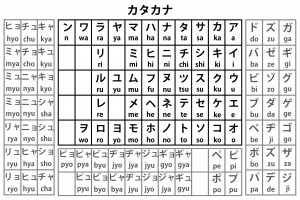
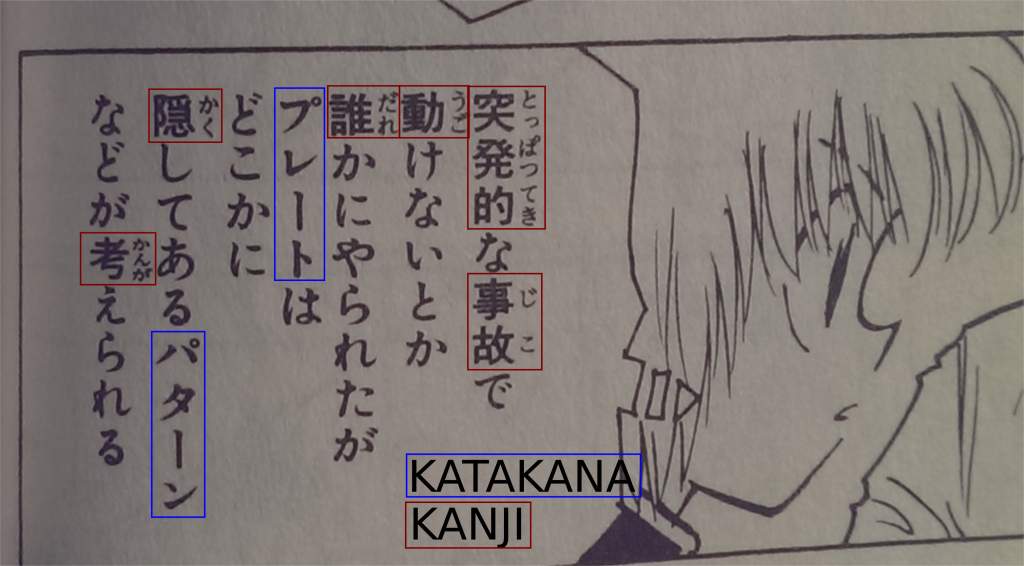



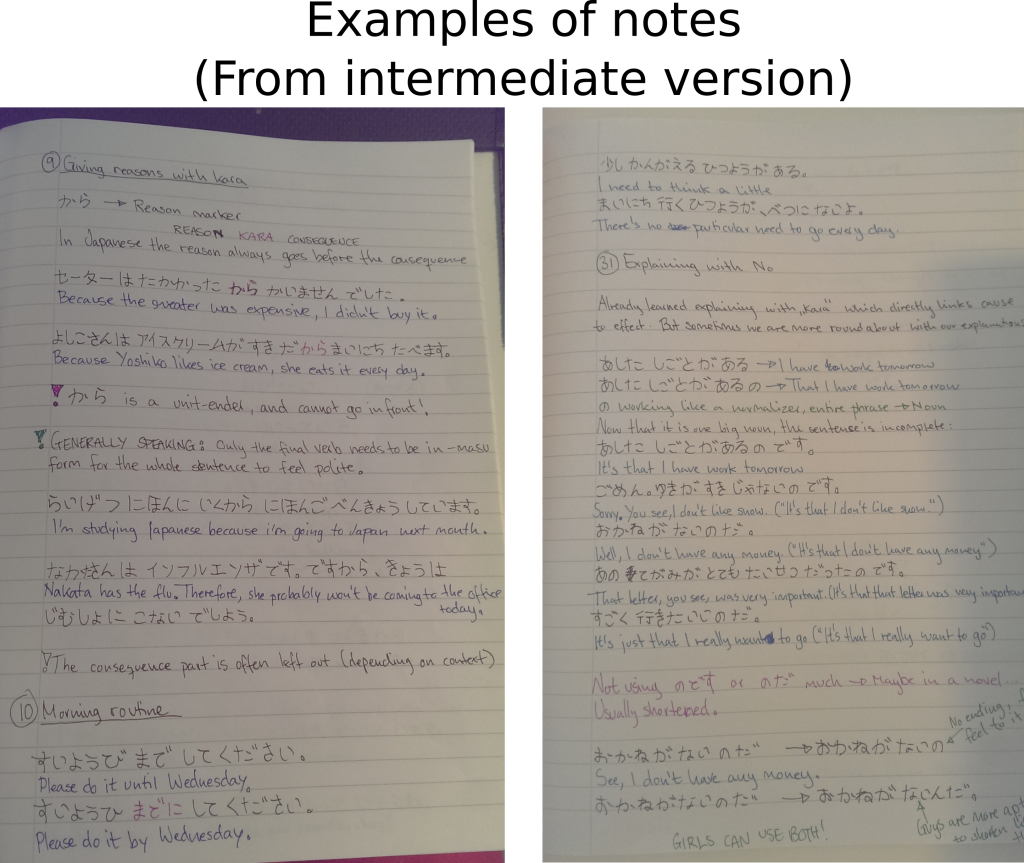
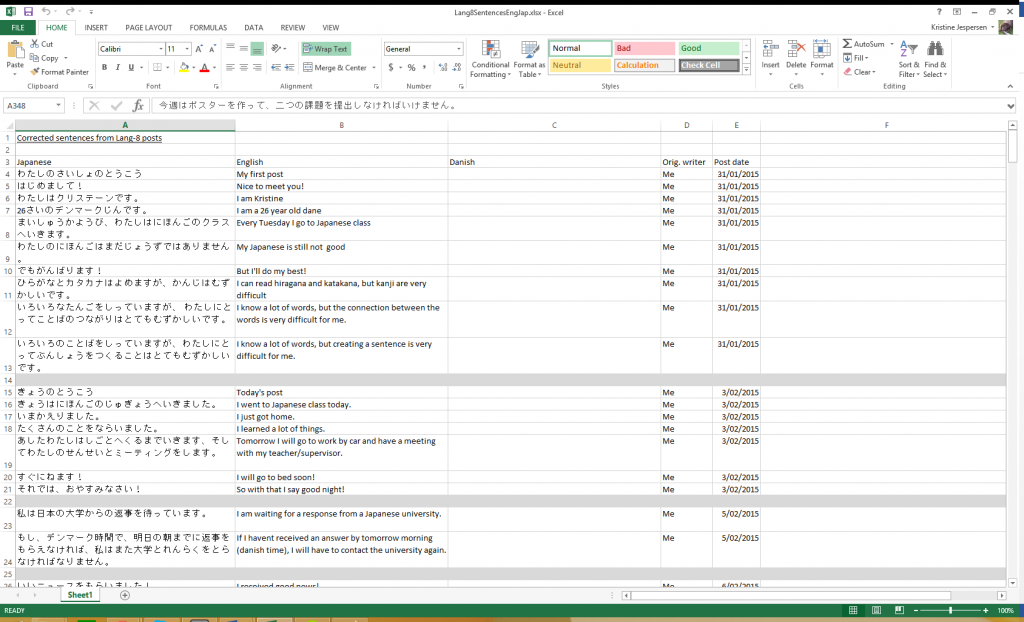
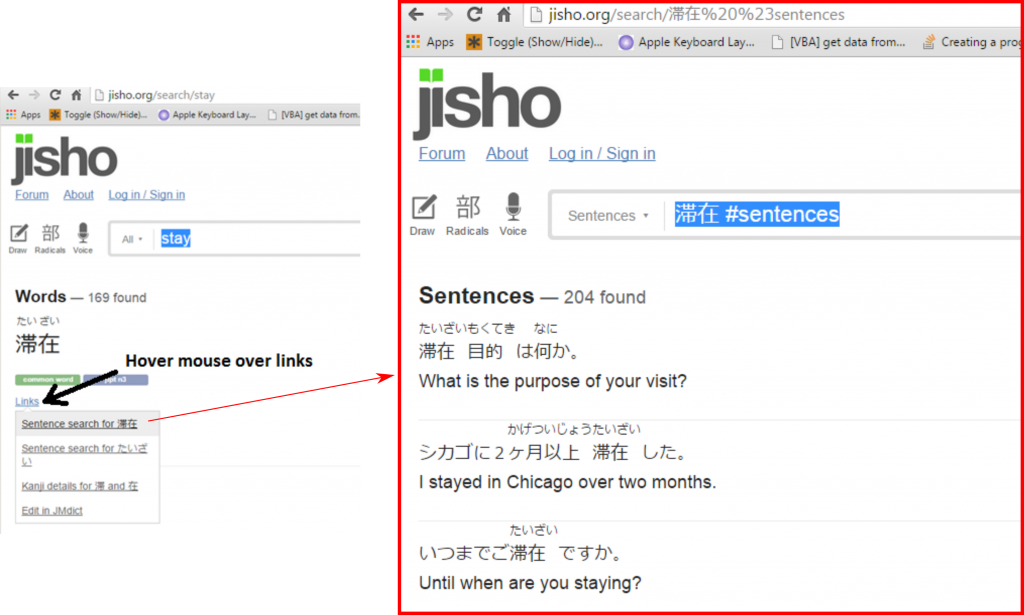
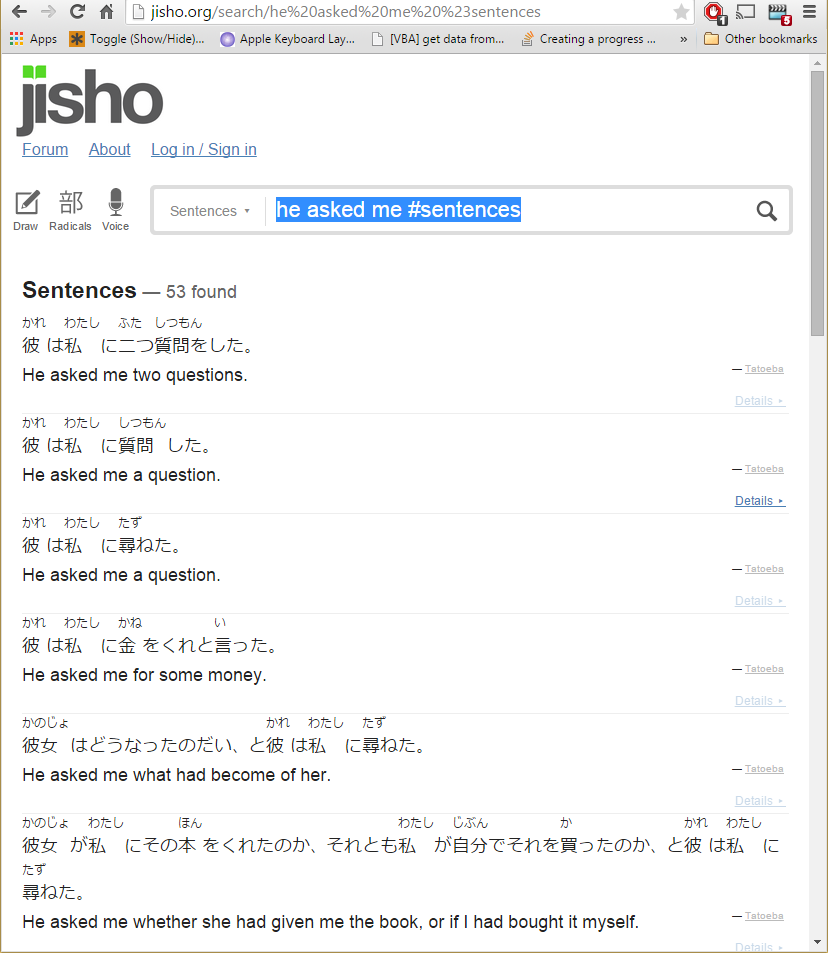

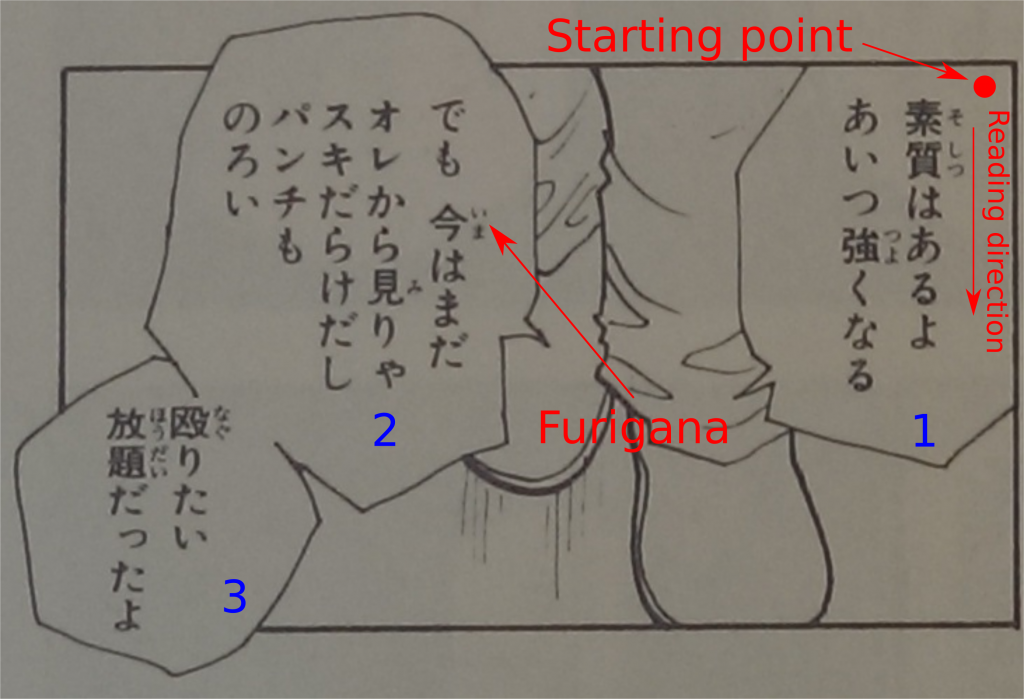
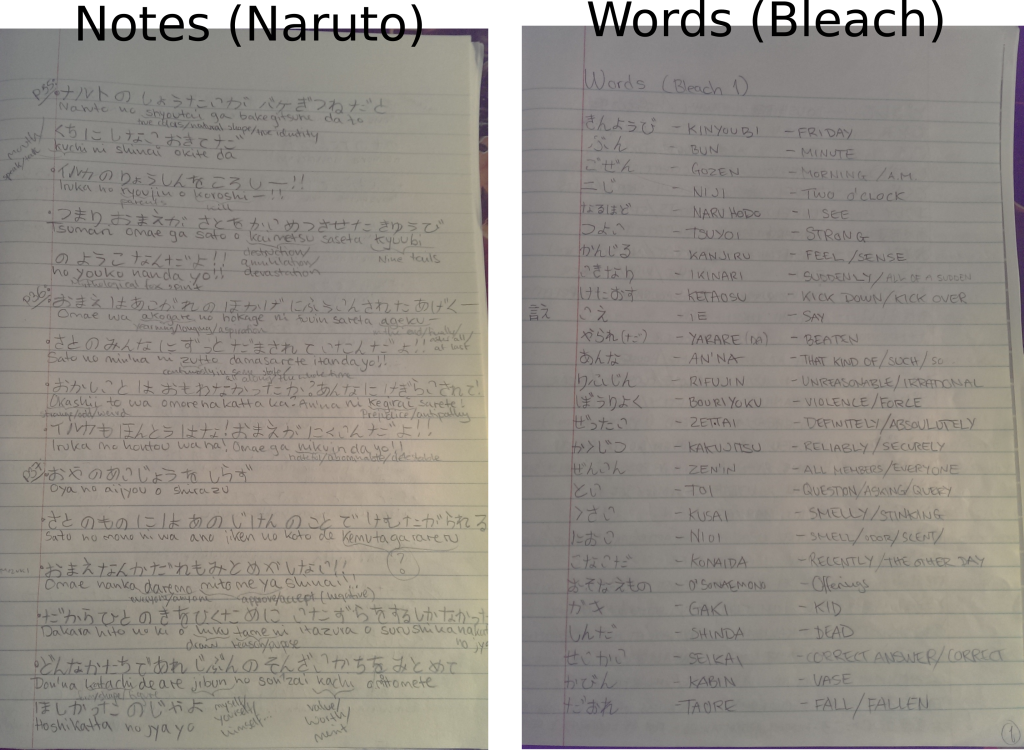
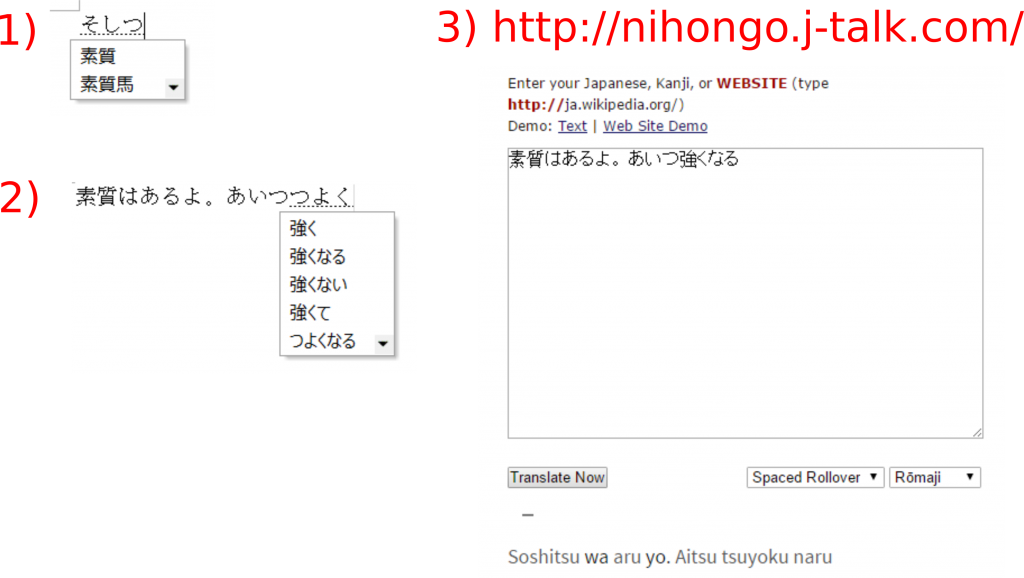
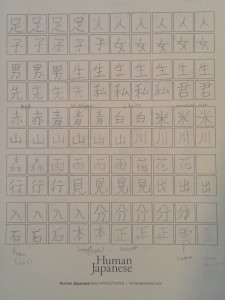
Great info. Lucky me I discovered your site by chance (stumbleupon).
I have saved as a favorite for later!